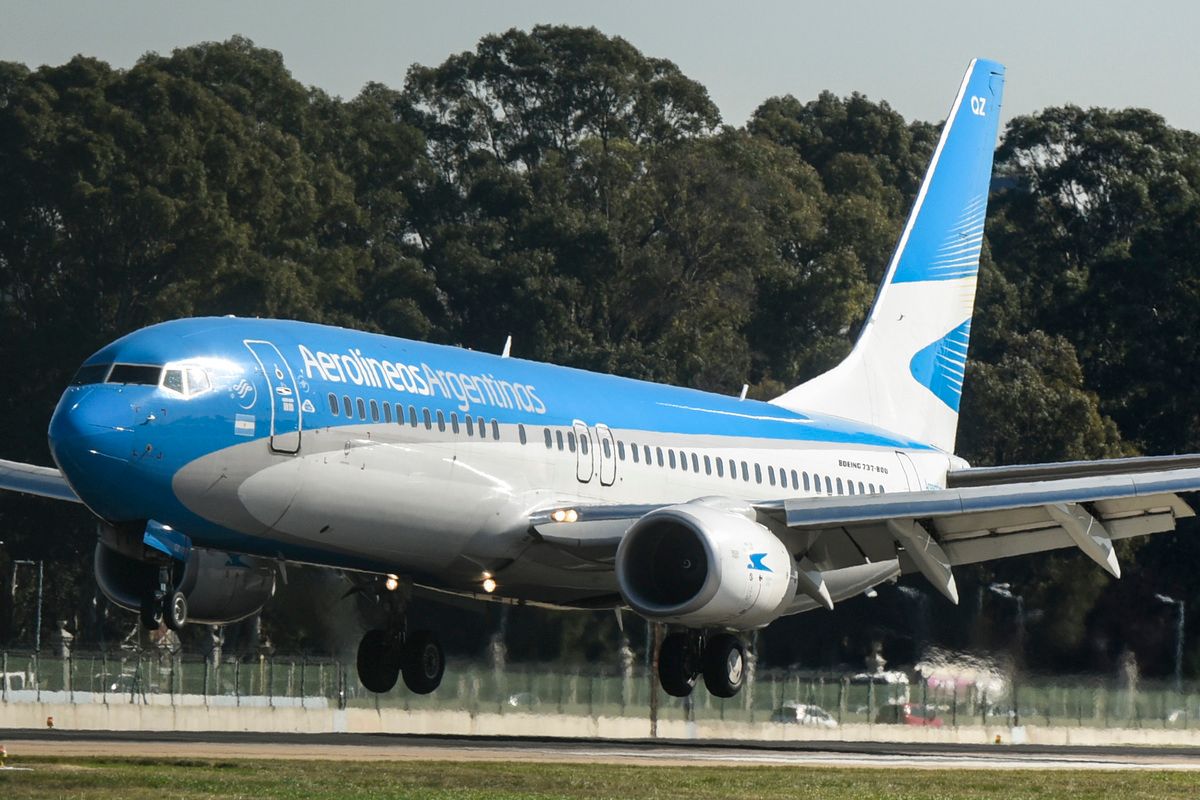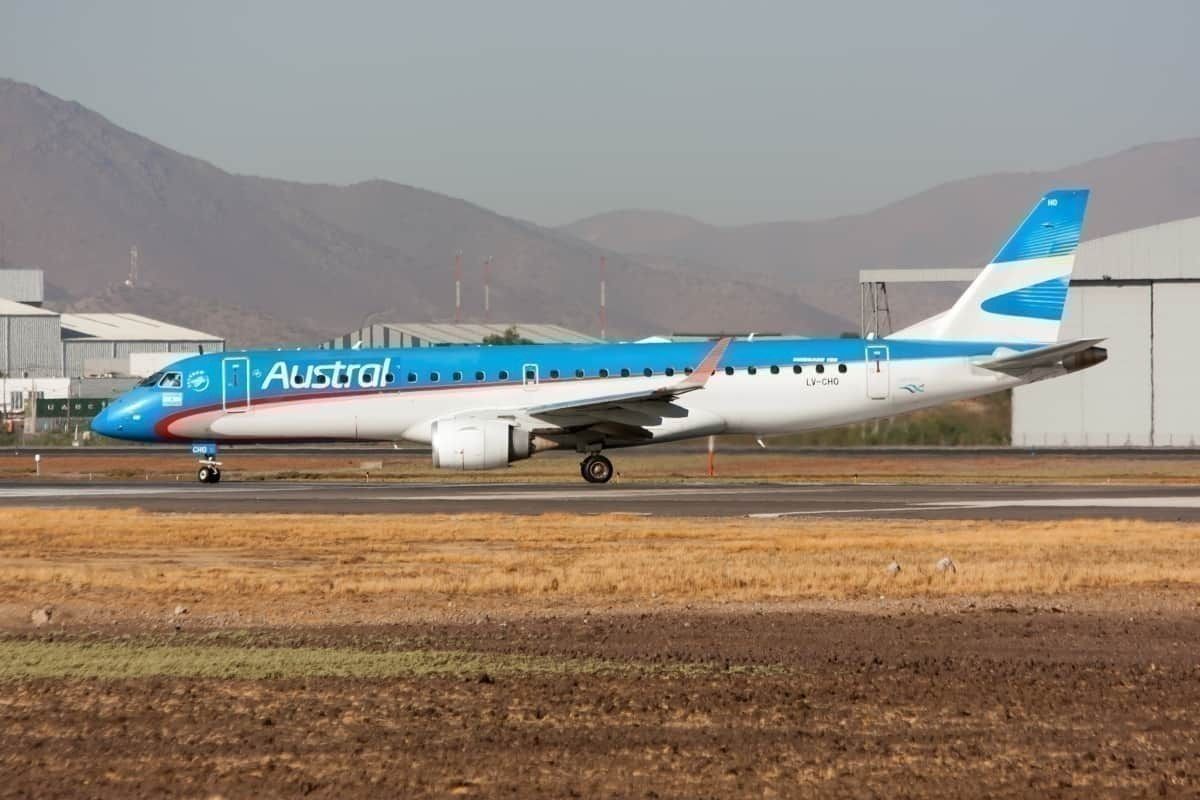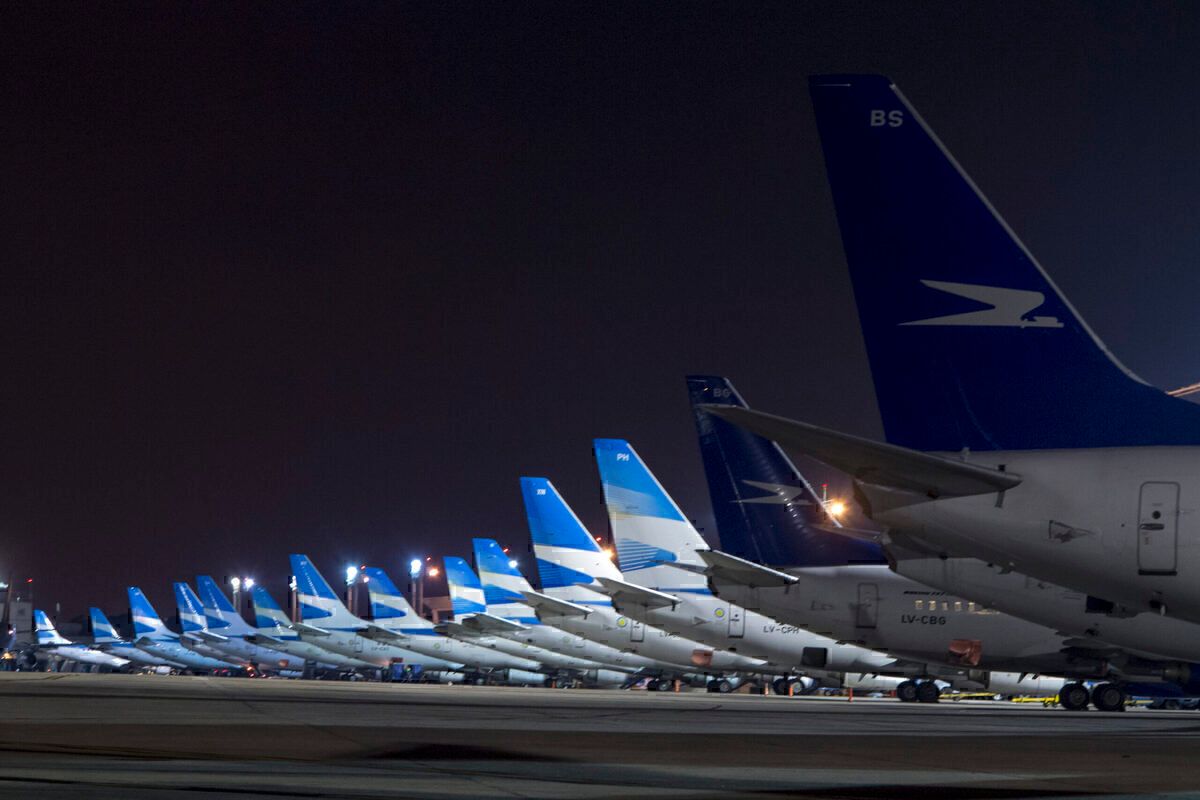The Argentinian government approved today the merging of State carriers Aerolíneas Argentinas and Austral. Now, the Austral brand disappears, after almost 50 years since it appeared in 1971. But, what does it mean for the Argentinian airline landscape? Let’s investigate further.
What does the merger mean?
On paper, it doesn’t seem like a big deal than two State carriers merge under one banner. Both companies were already intertwined in every movement they did. So, to erase the Austral brand and put it under the Aerolíneas Argentinas brand was the next step.
In a statement seen by Simple Flying, Aerolíneas Argentinas said,
“This process was initiated in May; its objective was to bring efficiency to the company, get to a point to be able to face the market demands, create a more dynamic structure and unify and integrate all processes to be more agile.”
Stay informed: Sign up for our daily aviation news digest.
From an operational perspective, now maintenance, pilots, and crews are under one same brand. Additionally, the pilot and cabin crew unions of both companies agreed on several topics.
The airlines’ management had previously said that the merger was necessary. The companies had managed to achieve efficiency in some areas but kept many problems for so many years. Aerolíneas even said that if it didn’t adapt to this new era, it could even disappear.
A bit of history of both carriers
Aerolíneas Argentinas CEO, Pablo Ceriani, said that December 1 2020 is a historic day for the carrier.
He added that this is the fifth merger in the history of Aerolíneas Argentinas. That’s because, in the 1950s, Aerolíneas was born out of a merger of four carriers. These four carriers were Aeroposta Argentina, A.L.F.A, FAMA, and Z.O.N.D.A. Hence the name Argentinian Airlines.
In May 1949, Argentinian president Jan Domingo Perón nationalized these four carriers. It wasn’t until December 7, 1950, that the State officially launched Aerolíneas Argentinas. It had its ups and downs and even had a fleet of Boeing 747 at some point in its history.
Meanwhile, Austral also has its origins in the 1950s.
In 1957, a supermarket company launched Austral CATASACI, a regional carrier that served Patagonia. The airline thrived for two decades until it was merged in 1971 with another Argentinian carrier, Aerotransportes Litoral Argentino.
It wasn’t until the 1980s that Argentina nationalized Austral, a controversial movement that even sparked outrage at the Argentinian air force’.
Nowadays, Aerolíneas Argentinas has 54 aircraft, including 10 Airbus A330 and 44 Boeing 737. Austral has a fleet of 26 Embraer ERJ-190 planes. Now merged, they’re set to be the only powerhouse in Argentina.
What does this mean for other Argentinian airlines?
Aerolíneas Argentinas now has the monopoly of Argentinian aviation. Even before the merger, Aerolíneas and Austral held the largest share of the Argentinian market. Before COVID-19, LATAM was their main opposition as it had sizeable market participation in the country.
The pandemic drew LATAM out of Argentina, leaving the country with two big State carriers and some smaller players.
Other airlines in the country are Flybondi, JetSMART, and Andes. The first two are low-cost carriers with Chilean origins. Both operated out of El Palomar International Airport in Buenos Aires. Currently, JetSMART has temporarily moved its operations to Ezeiza International Airport while Flybondi is in a tug of war with the Argentinian government.
Most likely, the merger of Aerolíneas and Austral and the exit of LATAM Argentina aren’t great news for Argentinian aviation. It is too soon to tell, as Argentina is barely recovering its pre-pandemic levels, so we’ll see what the future has ahead.
What do you think of the Aerolíneas-Austral merger? Let us know in the comments.



